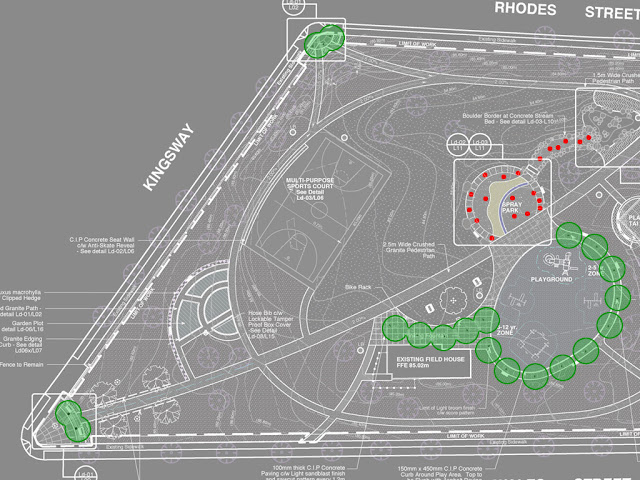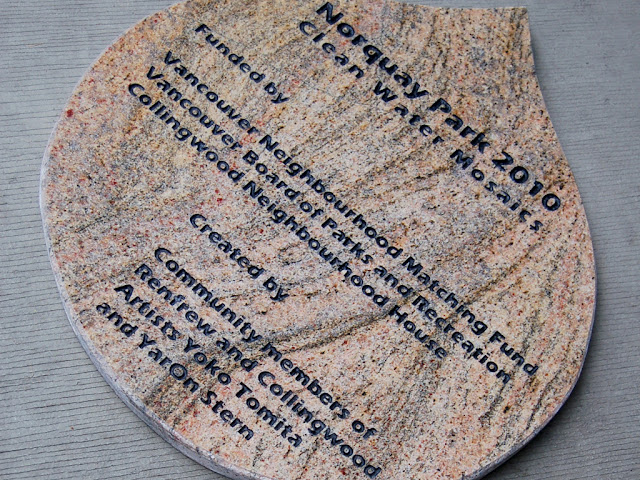On the first Wednesday of February The Flame marked three years of presence in the Cottage Bistro on Main Street in Vancouver, BC. I had the fortune of telling my story as the fifth in a line up of eight other entertaining storytellers.
Without further ado, what follows are the words roughly as I spoke them:

I was walking my
dog in Tel Aviv one morning and started hearing female yelling coming out of an
apartment. When I was just across the street from their window I suddenly
heard: “I’M NOT WEARING THAT DRESS TO MY WEDDING!”.
“This actually
happens” I thought.
My story is about two Jewish weddings: one that I didn't know I’ve inspired and one that I didn't know I had.
My elder brother
was planning his wedding in 1991. He banned any discussion within the family
until three months before the event. This worked pretty well until exactly…
three months before the event. As soon as my parents heard about his plan to
have an unorthodox ceremony my mother cried out “What will grandma say!?”.
And indeed our
grandma, took my brother for a serious talk. A talk that made him approach me
for advice. I felt for him for this stupid mess, but I said “You should have known our family better”.
I thought he could still let them understand his
point. After all it was his life and his choice. But he backed off and a few weeks later I
was asked to pick up the Rabbi on my way to the wedding.
So here I am, dressed
up in this happy looking coverall leading the Rabbi down the stairs to the pool
where the ceremony was about to begin. The Rabbi, dressed in a simple black
suite, was ready to do his business and bring happiness to another Jewish
family.
Six months later I
realized what a shocking sight we must have been. As I was sitting at my
parents’ place my mother brought it up. The minute she saw me from the pool
below she knew she would not say a word. “After all, thanks to you he was
getting married”.
“Thanks to me!?
It’s because of you!” I said. “People can live together without all of this
nonsense.” “So you’re not going to get married?” she asked, tears welling up
her eyes. “Of course not!” I exclaimed. Obviously she wasn’t prepared for that
but it must have helped her not to expect anything when I moved away from Israel ten
years later to live my girlfriend.
Anat was introduced
to me by a friend when I was living in Tel Aviv. She said good things about
Anat, but also explained: “You know, she always gets involved with the wrong
guys”. Anat was doing her PHD in Jerusalem.
Tel Aviv is only 60 km away so we got in touch but it kind of didn’t pick up.
And also, there was
this guy in Jerusalem
that got involved with Anat just before we had a chance to meet again. I was
thinking, “OK, who’s the wrong guy now?”
By the time that
relationship dissolved Anat was negotiating a post doc research position in Vancouver, BC.
So we agreed to stay in touch just to keep options open.
Open in a way that
I soon met another dog owner in one of my walks. Very quickly I realized she
was only interested in getting pregnant. Unfortunately I was nothing more than
a walking sperm bank for her. It didn’t last long…
There
goes the wrong guy again.
My emails with Anat
gradually warmed to the point that when that guy from Jerusalem
happened to visit Anat in Vancouver,
she didn’t consider it fair to hide it from me.
That year I wanted
to buy a digital camera. It was vastly more expensive in Israel than
anywhere else. I knew that Anat was planning a home visit some months ahead. So
after asking her if she could bring it with her I purchased my first digital
camera on the web to be shipped to Vancouver.
I was getting really excited.
As soon as I laid
my hands on the camera I went for a weekend to test it with that dog owner
slash sperm hunter. By then we were not dating anymore..., I think. When I got
back from the weekend, Anat and I finally picked up from where we started a
year earlier.
When it was time
for Anat to return to Vancouver
I decided to take a two months break to check things up. In that time I had a
chance to explore Vancouver
and see what opportunities might come up for me there.
It takes time to
get used to Vancouver.
As I was approaching the edge of sidewalks I noticed cars were slowing down.
“What’s wrong with them” I was fuming, “Can’t they see I’m waiting for them to
pass?!”
So very quickly I
realized that this was probably the place I always wanted to live in. I don’t
know, maybe I was in love.
I went back to Israel to pack everything I had and returned to Vancouver after a-n-o-t-h-e-r v-e-r-y l-o-n-g two months. We knew that of all things (!)
one of the quickest ways for me to get a work permit was to get married.
Because we had a good feeling that our marriage could even last, the idea of
going through the civil ceremony right after landing here didn’t look hasty to
us. Well, maybe we were in love.
We found a lovely
marriage commissioner two blocks away from us. At the time we were living across
the street from CuppaJoe on west
4th avenue. The manager was
happy to let us do the ceremony on the second floor.
We decided to ask
Lori, our favourite barista if she’d like to be our witness. When we went there
it was Rob’s shift. He didn’t realize we were that close. He said we looked to
him like old friends. So he became our first witness. The next
day I only started to talk with Lori before she said “YES” with a big smile.
On our wedding day,
we thought it would be a good idea to call our families in Israel and let
them know… Well, they all sounded so happy and congratulated us. Anat’s brother
even managed to arrange for flowers to be sent to us from North Vancouver.
As we were moving
stuff around in the coffee shop, I noticed a familiar face outside the door. We
didn’t bother to invite anyone to our wedding but in Anat’s lab they knew about
it.
So, here we were,
joined by about eight scientists, all dressed up for a wedding in ties and
fancy dresses. Without giving it much thought, our charming little ceremony
turned into a celebration.
After years of
knowing what kind of wedding I wasn’t going to have I suddenly got exactly what
I felt it should be: an intimately personal event that is symbolically public.
Our
marriage commissioner then thanked us for letting her do her first Jewish
wedding.





























